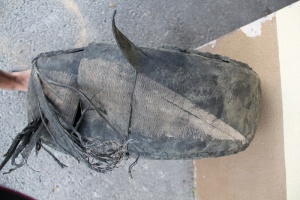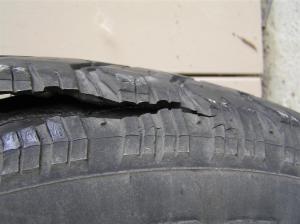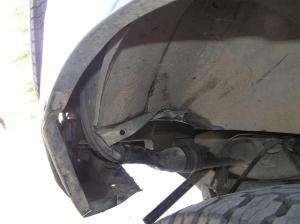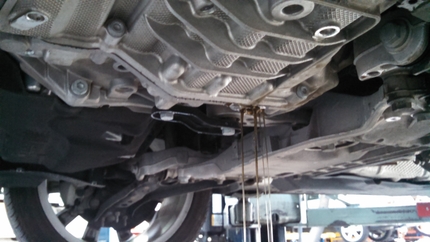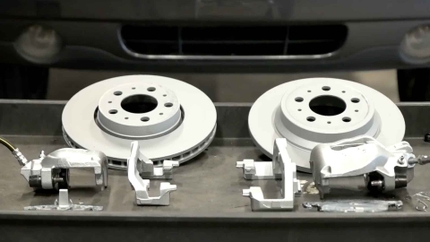- 03/09/2014
- 1 Min Read
- By: Alan Power
Understanding Tire Delamination: This Vibration Could Save Your Life
I was driving home one evening when a car overtook me with what appeared to be showers of sparks emanating from the rear tire. The driver appeared to be unaware of anything being wrong. Fortunately he had to stop just up the road for a set of red traffic lights. I pulled up alongside and informed him that he might want to have a look at the condition of his tires.
Most drivers would have experienced a vibration of one kind or another while driving. Experienced drivers will often recognize the usual culprits. Maybe an engine vibration because of dropped cylinders due to a spark plug failure, injector failure, or a faulty HT lead or coil pack. Other common sources of vibration are unbalanced wheels due to lost weights. The vibration can be subtle or quite significant depending on the size of the loss. Of course, there are many sources of vibrations and sometimes the cause is difficult to find.
Any vibration will require urgent attention to prevent damage and/or ensure continued safe driving. However, there is one vibration that needs immediate attention if you are lucky enough to notice it in time. This is a tire beginning to delaminate. Clearly the vehicles tire I was referring to above was in awful condition and the tire may have caused some vibration, but its worth noting that sometimes no warning is presented.
Delamination is a condition when the tire tread separates from the casing. Basically, the tire is tearing itself apart with the outer and inner components separating. The results of a tire delamination can sometimes cause instantaneous deflation, and or a section of high velocity tire tread being whipped around and around the wheel. This can result in damaged brake lines, shock absorbers, ABS wiring and hardware damage, mud flaps being torn off, panel and paint damage, and most important of all, possible loss of the control of the vehicle.
Inside the car, you may feel a chassis type instant vibration or perhaps a more subtle, but definite vibration over time. If so, pull over as soon as possible. Visually inspect all tires for uneven wear such as. shoulder wear, bulges (often egg shaped), exposed belt wire and objects, screws, and the like. A friend of mine uses thin disposable gloves to check for unevenness in the tread – be careful of wire protrusion though. Ensure you check the full circumference of the wheel. If you are unsure of the reason for the vibration, have the vehicle inspected by a competent mechanic and/or tire specialist.
The most common cause for tire delamination is excessive heat. This is often due to under-inflation, or over-inflation and overloading, in particular, on hot road surfaces. Finally, the age of the tire is important. Tire manufacturers are now suggesting that a tire should be replaced after about five years regardless of wear.
I would like to know if any readers our there have experienced tire delamination, and if so, what were the consequences?
About The Author: Alan Power
Alan Power, is a father, grandfather, husband, and a DIY enthusiast. He lives down-under in Western Australia and he enjoys spending time with his family and working in his home workshop. Not to mention enjoying maintaining and driving his classic cars.

